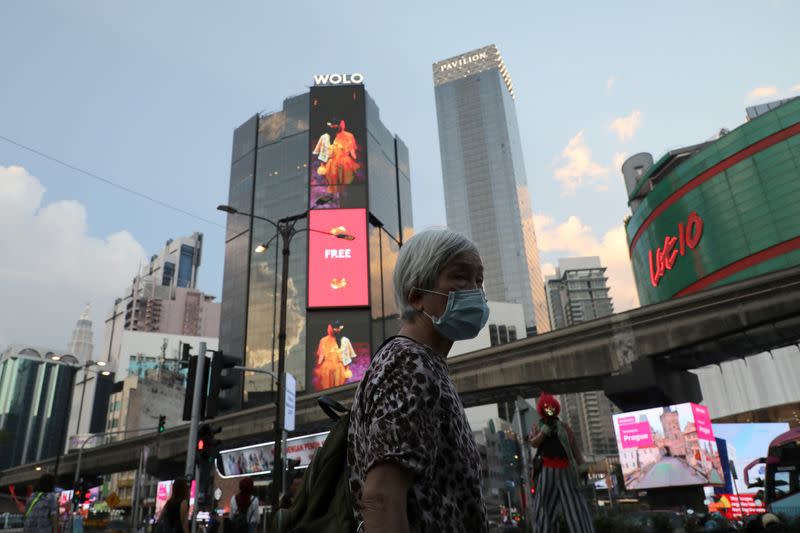Malaysian Belt and Road project tells some staff to work from home in China's Wuhan

KUALA LUMPUR (Reuters) - The contractor for a Malaysian rail project that is part of China's 'Belt and Road' initiative has advised some Chinese staff to work remotely while a coronavirus outbreak delays their return from holidays, a company official said on Tuesday.
Malaysia has barred the return of 13 managerial staff on the $11-billion East Coast Rail Link (ECRL) after they returned to China's central province of Hubei, the epicentre of the outbreak, during their Lunar New Year holidays.
Bai Yinzhan, managing director of contractor CCC-ECRL, the Malaysian unit of China Communications Construction, said the affected staff would work out of their homes in Wuhan, the provincial capital, during Malaysia's temporary ban.
"They can work from home," Bai told a news briefing. "There has not been a major impact on the work. We can use network video platforms to continue communicating."
Nearly 200 Chinese staff, who also went back for the annual holiday, are now back at work following 14 days of self quarantine at base camps in Malaysia, said Darwis Abdul Razak, chief executive of project owner Malaysia Rail Link.
Darwis said officials do not expect the outbreak to delay construction of the 640-km (398-mile) rail project, nor do they see delays in loan drawdowns from China Export-Import Bank (China Exim), which is lending 85% of the total project cost.
"As far as fund disbursement is concerned, everything is progressing well," Darwis said. "We did not get any indication from (China Exim) that they are going to stop everything."
China and Malaysia resumed construction of the train project in July, after a year-long suspension and a deal to pare down its cost by about a third from nearly $17 billion initially.
Malaysia has 22 cases in the virus epidemic. On Tuesday, Chinese health authorities reported nearly 1,900 deaths and more than 72,000 infections.
(Reporting by Liz Lee; Editing by Clarence Fernandez)

